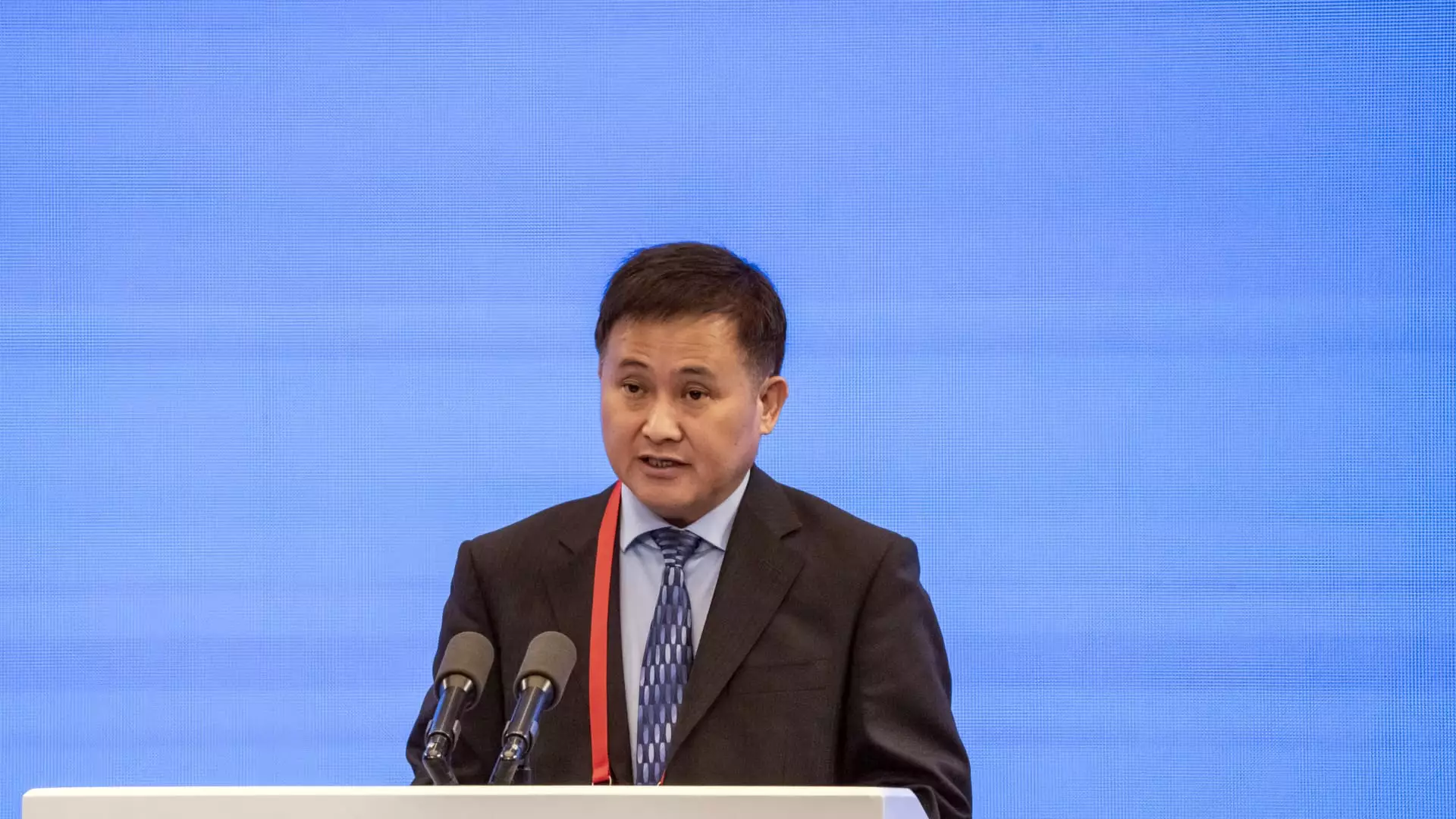China’s financial risks have been a topic of concern for quite some time, particularly when it comes to local government debt. People’s Bank of China Governor Pan Gongsheng recently stated in state media interviews that these risks have decreased. He mentioned that the central bank would collaborate with the Ministry of Finance to help China achieve its annual growth goals. This partnership emphasizes that monetary policy will continue to be supportive.
Challenges in the Real Estate Sector
To alleviate risks associated with high debt levels, Beijing has been focusing on the real estate sector, which has close ties to local government finances. Over the years, international institutions have urged China to address its growing debt concerns. Pan mentioned in an interview that China’s overall financial system is strong and that risk levels have decreased significantly. However, challenges remain, especially in terms of local government financing platforms and infrastructure project financing.
Local government financing vehicles (LGFVs) have played a crucial role in funding infrastructure projects in China, particularly in regions where direct borrowing by local authorities was challenging. While efforts have been made to reduce the debt burden of LGFVs, such debt still poses a significant problem. According to S&P Global Ratings analysts, more than 1 trillion yuan of LGFV bonds are set to mature soon, adding to the existing debt growth challenges.
Debt Risks and Economic Growth
China’s slowing growth rate has exacerbated the debt challenges faced by the country. With the economy expanding by 5% in the first half of the year, there are concerns about achieving the full-year growth target without additional stimulus. The International Monetary Fund has recommended that China focus on supporting domestic demand through macroeconomic policies to mitigate debt risks. The IMF also highlighted the vulnerabilities of small and medium-sized commercial and rural banks in China.
Transition Away From Real Estate
In recent years, Beijing has been steering the economy away from its heavy reliance on the real estate sector for growth. Rather, the focus has shifted towards advanced technology and manufacturing. Pan mentioned that central authorities are assisting local governments in acquiring properties to develop affordable housing and rental units. This move is part of a broader strategy to diversify the economy and reduce dependence on real estate.
Pan’s comments come at a time when the government bond market in China has experienced heightened volatility. The People’s Bank of China made a rare decision to delay a rollover of its medium-term lending facility, opting for a capital injection instead. This decision follows previous efforts by the central bank to revamp its monetary policy structure. The central bank is expected to release its monthly loan prime rate, which will offer insights into the future direction of monetary policy in China.
While China has made progress in reducing financial risks, challenges persist, especially in the real estate sector and local government debt. Efforts to diversify the economy and address debt concerns are essential to ensuring long-term stability and sustainable growth. By implementing prudent monetary policies and collaborating with other government agencies, China can navigate through these challenges and emerge stronger in the global financial landscape.

